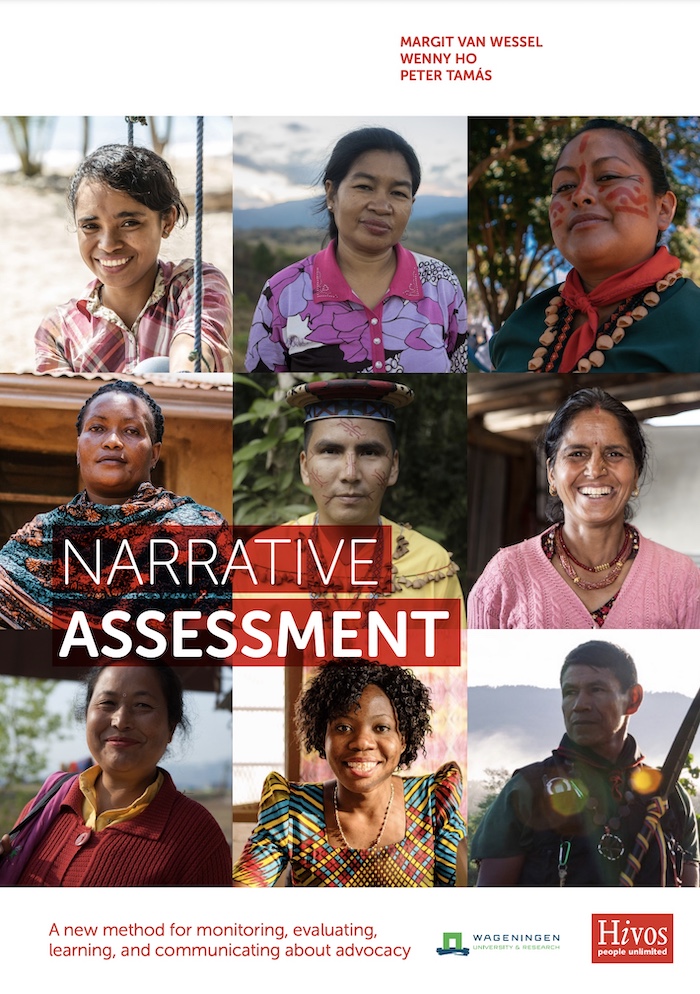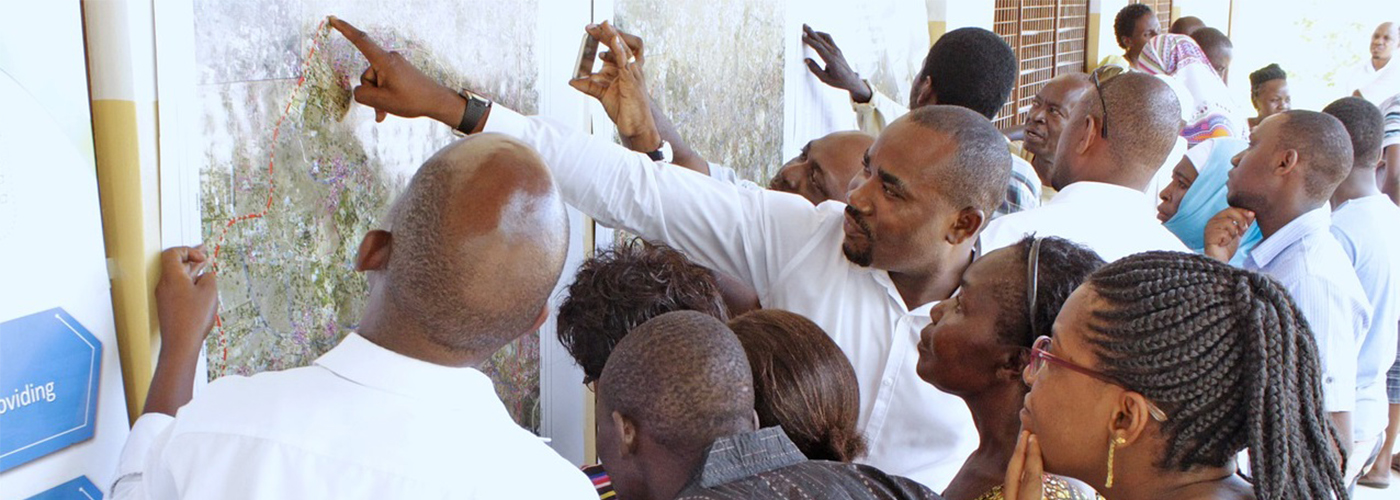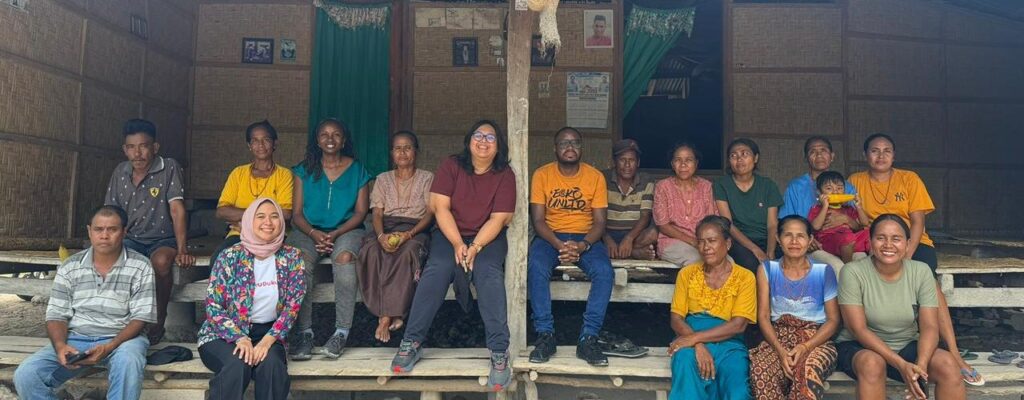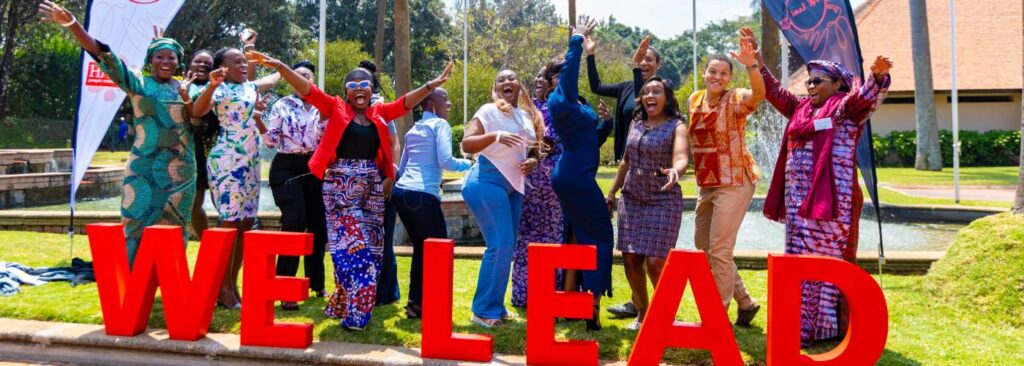Carrying out monitoring, evaluating and learning for advocacy is notoriously difficult. Efforts usually do not lead to impact directly. Many actors and factors influence how change occurs, and evidence is hard to come by.
To address these challenges, Hivos and Wageningen University have developed a new monitoring & evaluation (M&E) method for advocacy: “Narrative Assessment.” It centers on the creation of credible stories about advocacy processes, achievements and challenges. These stories are co-written by an advocate and a trained narrative assessment facilitator. The facilitator helps the advocate to create a real-life story about doing advocacy work.
Is your organization struggling to monitor and evaluate its advocacy work?
This method generates stories that differ from stories produced through other approaches, such as Most Significant Change or Outcome Harvesting. Narrative assessment stories have advocates as protagonists. They let readers follow the ins and outs of advocacy, thus portraying this area of expertise in a compelling, personal way. Importantly, the method emphasizes the plausibility and strength of stories, then puts these to the test by backing up and critically examining the claims made by the advocate. Narrative assessment stories developed in this way can help organizations, stakeholders and donors understand the goals of advocacy, learn from its results, (re-)strategize and improve or (re)design communication.
Narrative assessment builds on Theory of Change thinking and story-telling. It does not compete with the other methods mentioned above, but supports a meaningful use of their findings.
Narrative assessment for advocacy has been developed together by Margit van Wessel of Wageningen University & Research (WUR) and Wenny Ho of Hivos.
Is your organization struggling to monitor and evaluate its advocacy work in a more meaningful way? Does your organization find it challenging to communicate results achieved through advocacy?
Download the latest version the publication:

|




